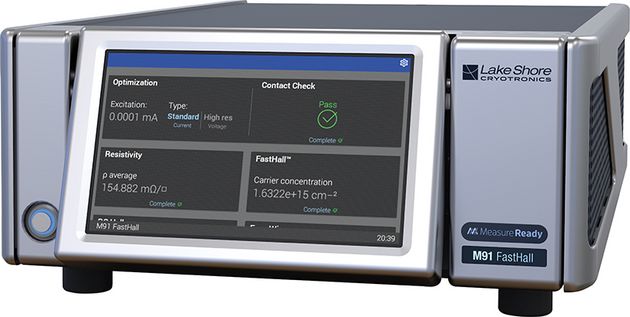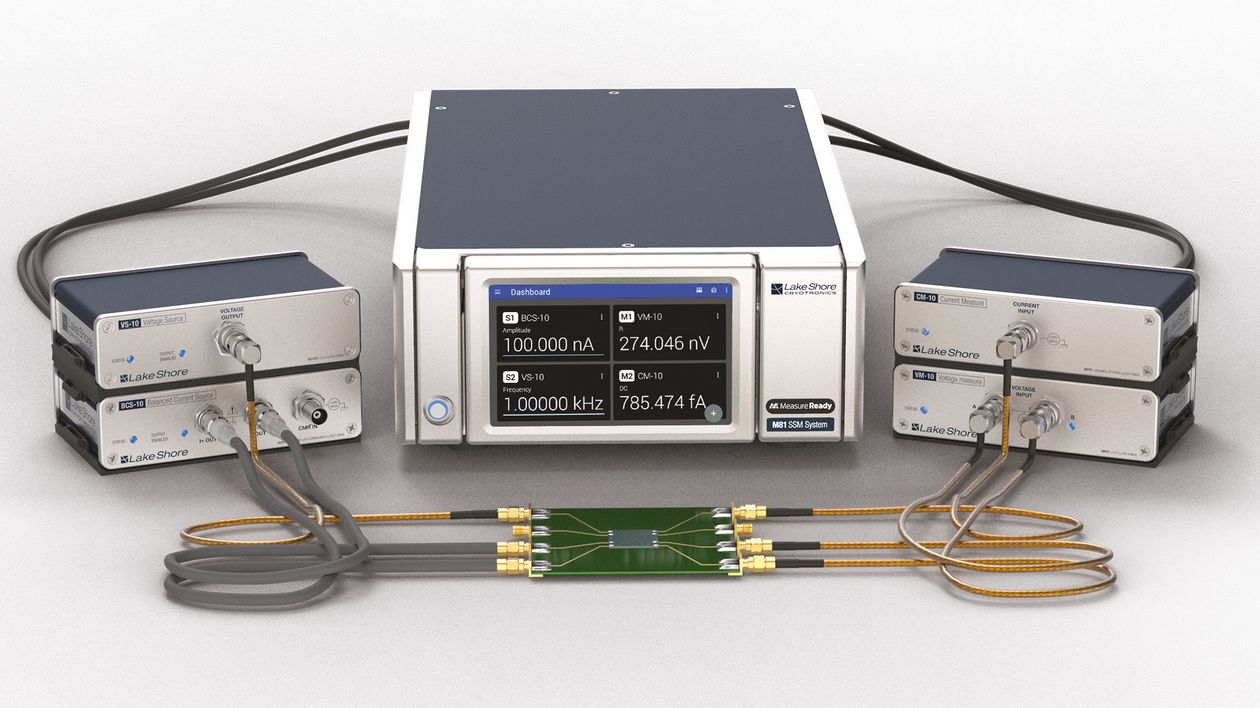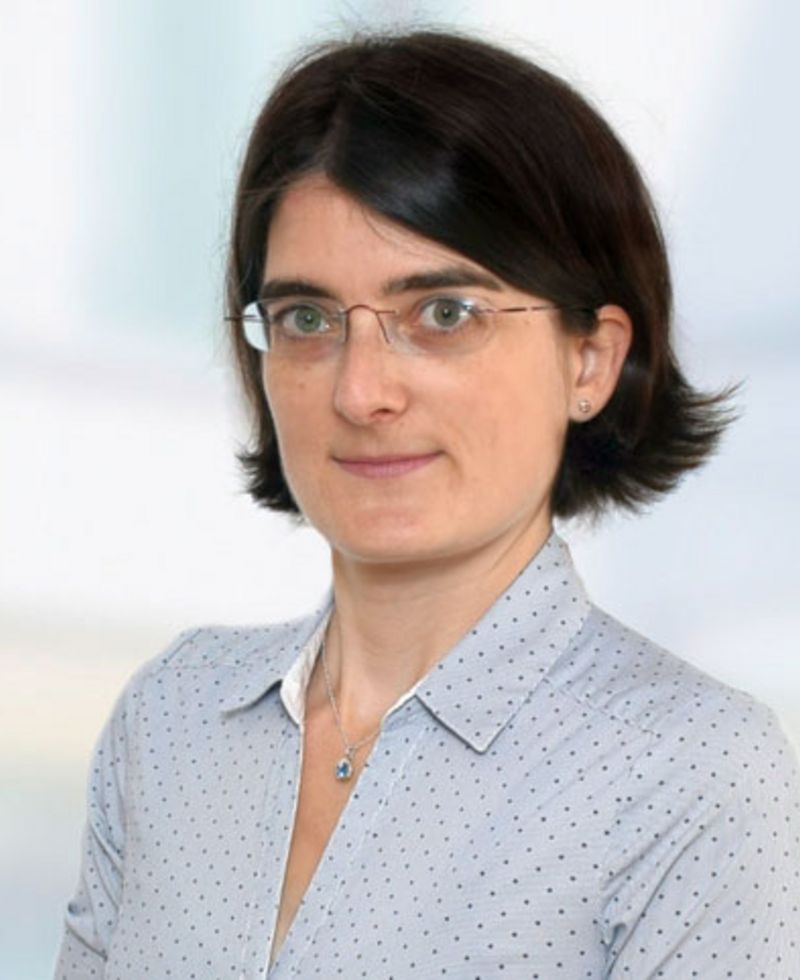The Lock-In Amplifier – NOT a Closed Book
The lock-in amplifier was developed in 1941, and has ever since undisputedly occupied a very important place when it comes to sensitive electrical measurements. But "lock-ins" are also used in other areas: E.g., in a VSM magnetometer for sensitive magnetic measurements such an amplifier is an essential part of the measuring electronics.
A lock-in amplifier "equalizes" frequencies, so, as far as electrical measurements are concerned, we always refer to AC applications. AC means "alternating current", and an example of what can be measured is AC resistance. In its most simple form, the lock-in is an AC voltmeter that measures at a fixed frequency only. The signal from the AC current source is supplied to the lock-in, passing through the sample, but it is also supplied directly as a reference signal (of course, it would also be possible to generate the reference signal internally).
Advantages of the lock-in technology: The amplitude can be low, and background noise and other interfering signals or frequencies can be removed, since, in a simplification, we are only looking at this one frequency. In the figure, the basic structure of a lock-in system is shown. The components highlighted in gray form part of the DSP (digital signal processor). The DSP is the heart of any modern lock-in instrument.
From the figure, it also becomes clear that in order to really understand the technology, one has to have a closer look e.g. at the function and mode of action of the various filters. But for those of our readers who simply want to make sensitive electrical measurements, listen: Lake Shore's M81 measuring system features an integrated lock-in amplifier that can easily be activated and deactivated!
Learn more about the lock-in technology and gain background knowledge, including about filters, noise and different types of noise, as well as precision and accuracy, by reading Lake Shore Cryptotronics' white paper "The Lock-In Amplifier Explained and Reimagined", which we will be happy to send you on request free of charge, either by e-mail or as a printout.






